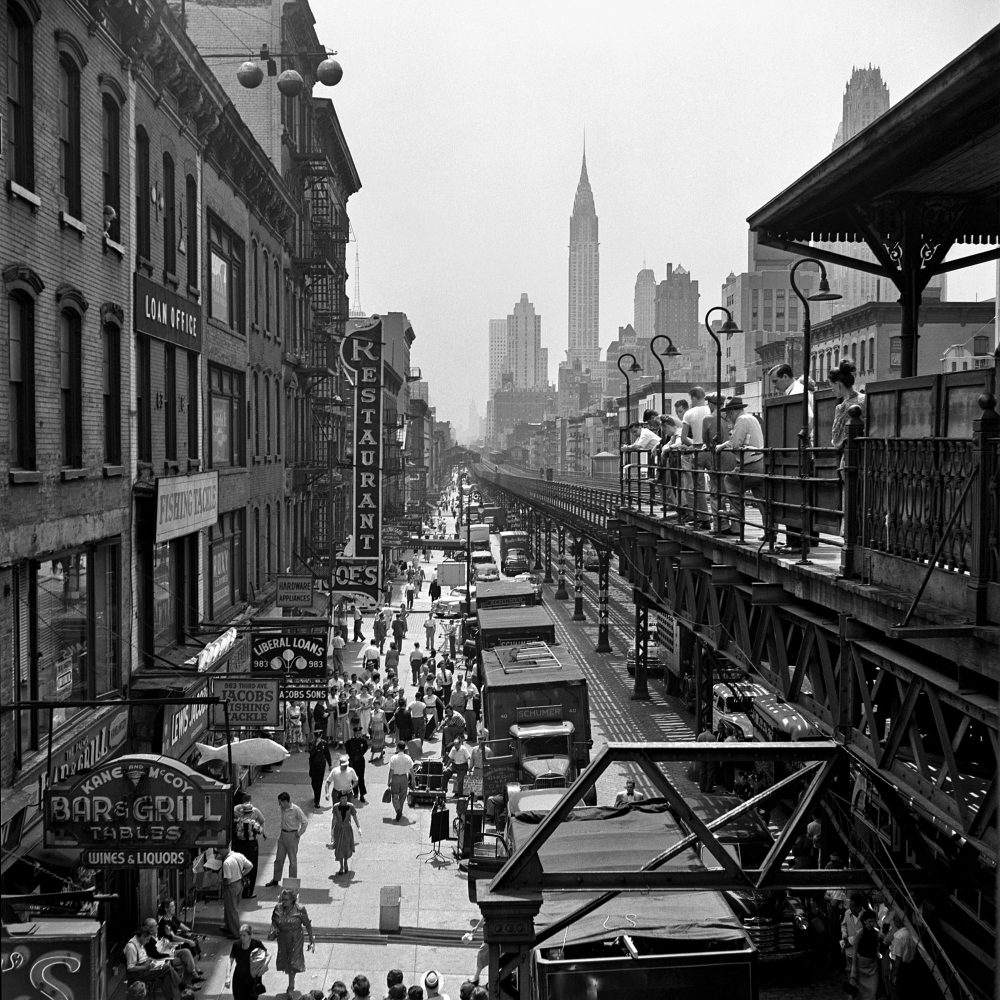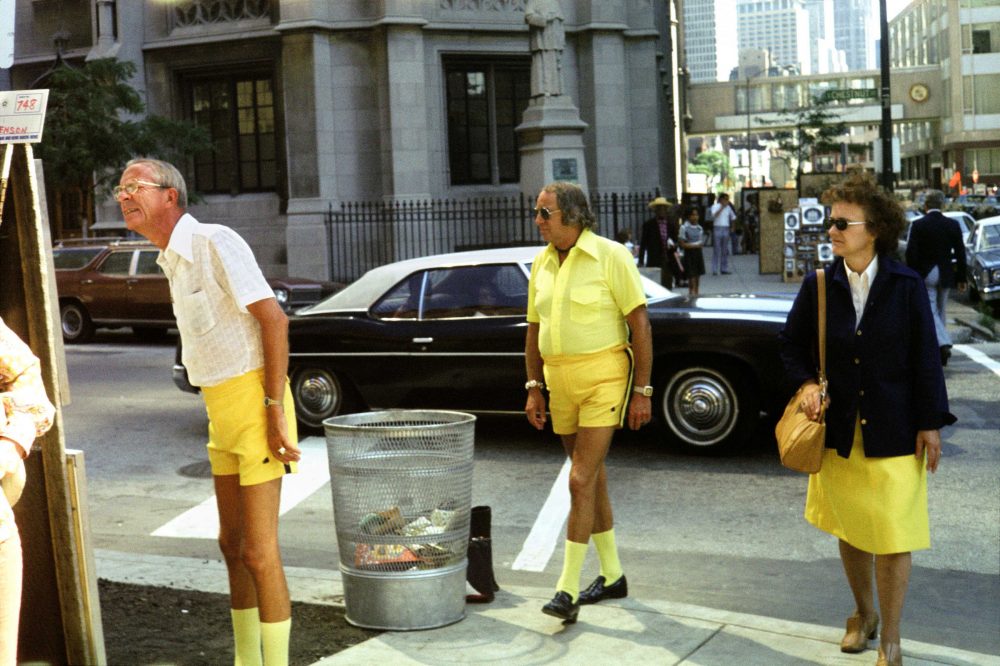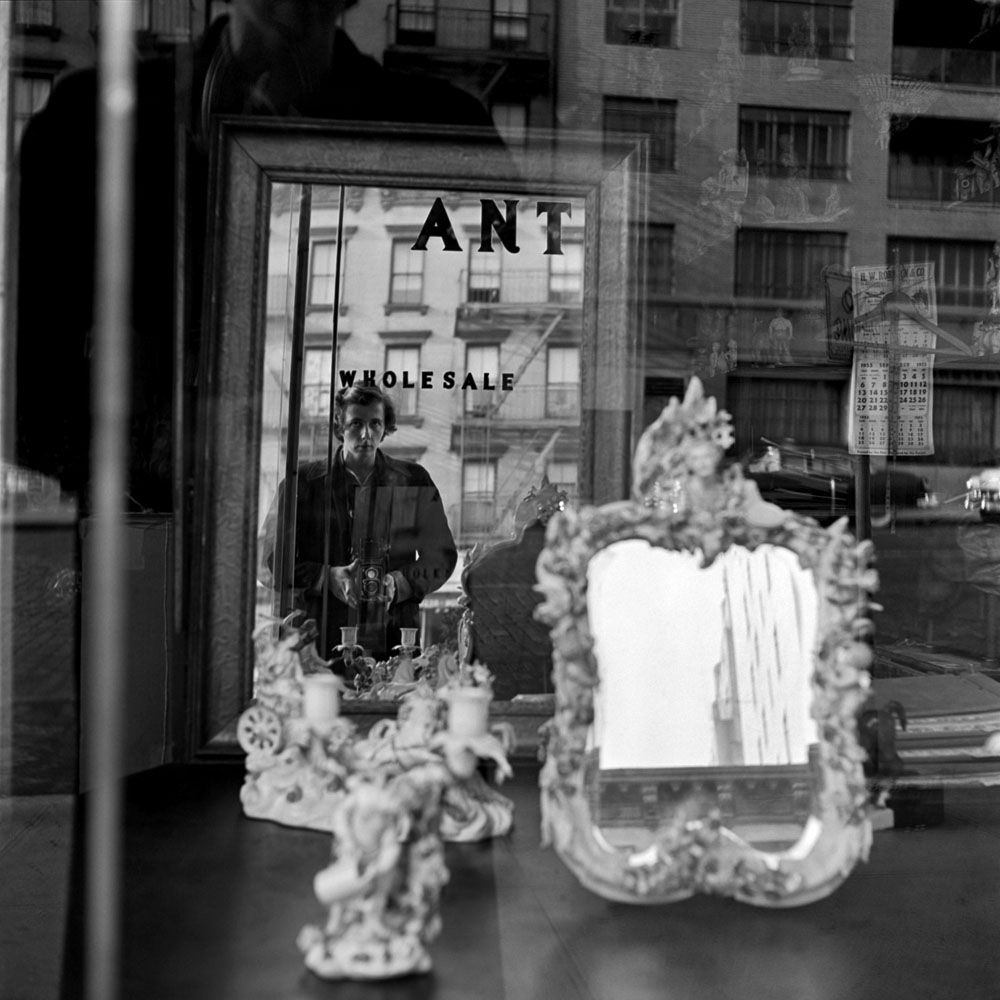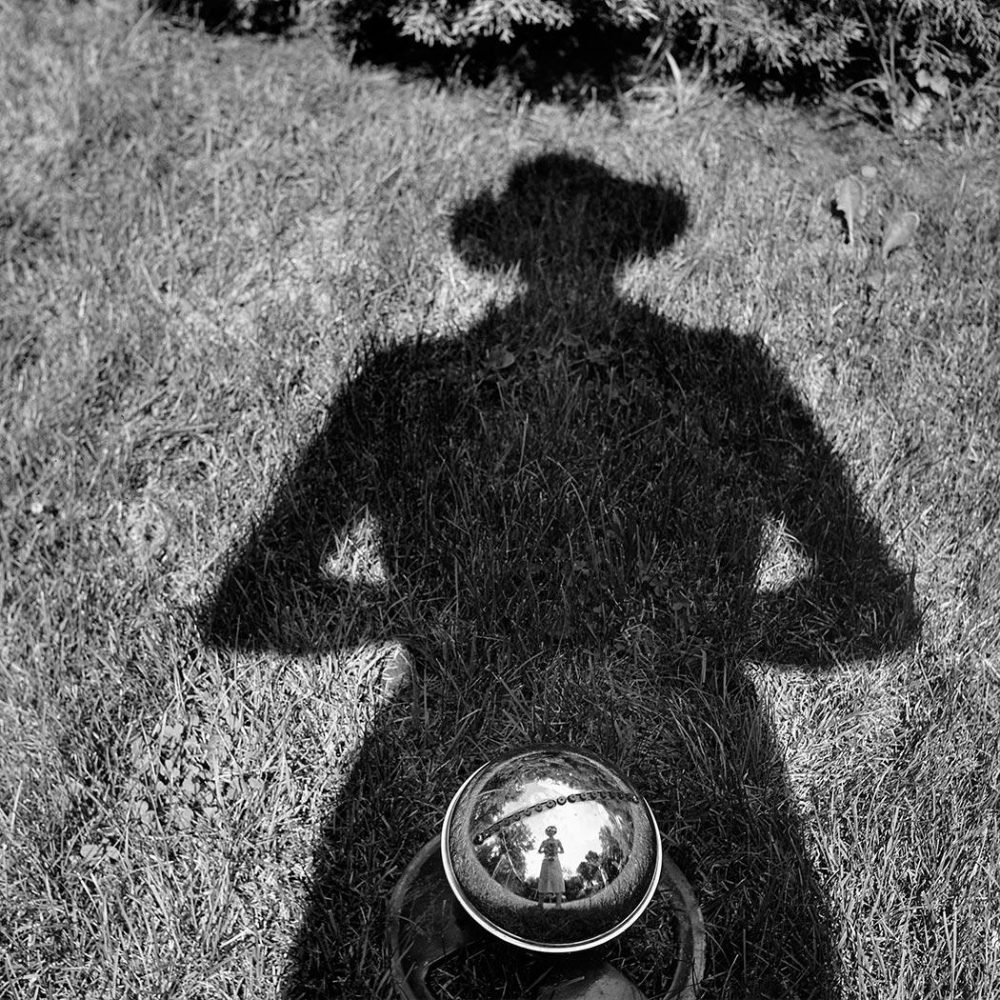by Daniela Mericio
_
Who knows what Vivian Maier would have thought of all this notoriety, of this posthumous glory exploded over a decade on a planetary level, after her works, hidden for half a century, were fortuitously brought to light. We will never know and, perhaps, it is also in this halo of mystery that lies part of her charm. The city of Pavia hosts a retrospective on this singular, shy and solitary artist, in the attempt to tell her story through a representative selection of over 120 images, in black and white and in colour. The various aspects of her endless production are duly highlighted, revealing the most intimate implications of a photographer, unknown up to 10 years ago, who today is a famous and beloved author, whom the world has renamed the “nanny-photographer”.
Vivian Maier (1926-2009) was born in New York to a French mother and an Austrian father, she started earning a living by babysitting for wealthy families, but her passion was always photography, to which she dedicated every moment of spare time. She went hunting for images, her eyes always severe and engaged as her self-portraits show, with the inseparable Rolleiflex around her neck

She found inspiration in reality, diving into the city streets, recording the world that flowed before her eyes. A sophisticated street photographer, although photography was never a profession for Maier. It was much more, it was life itself. In the 1950s and 1960s she relentlessly shot in big American cities such as New York and Chicago, with a lucid and innovative look, but she never showed her work to anyone, keeping it jealously for herself.
The archive came to light only after 2007, when Vivian was no longer photographing and was in financial difficulty: it was put up for auction due to a missed payment and was bought by her “posthumous mentor”, John Maloof, who was brilliant in enhancing her work and in creating the stage persona. The first circulation of her work was all on social networks, the enthusiastic reception was the first tassel of the discovery. The photographic heritage amounts to as many as 120,000 negatives, many of which have never been developed: money was scarce, and Maier preferred to invest in the purchase of film rather than spend on development, so great was her urgency to “capture” images. For years, since 1956, the Gensburg family, where she worked for a long time as a nanny in Chicago, allowed her to set up a small darkroom in a bathroom. When she change her job, the opportunity ended and the film started to accumulate.

The exhibition, curated by Anne Morin and Piero Pozzi, reveals the author’s ability to document American society, transforming into real stories all those situations, characters, animals, objects and places that offered themselves to her gaze like an open book. She showed a rare sensitivity in grasping the moment and the suggestions of reality, combined with an extreme formal care in the framing. Taking pictures with a Rolleiflex means not shooting at eye level, which allows you to be less invasive towards the subject, but also have a film of only 12 shots available. Maier’s talent is also revealed in the contact sheets, a precious tool used by photographers to choose the “good shot” among the many made on the same subject: the series on display show how the photographer did not need to “go back to her shots” , i.e. to photograph a situation several times to achieve a quality result.

A section of the exhibition is dedicated to portraits: ordinary people, met for an instant and photographed in the street, of every social class; elegant ladies in veil hats, filthy children, sly-looking boys, humble people, old people with wrinkly skin, faces that tell a story. Then there is the street life, the neighbourhoods, the movement, the shops: portions of ordinary life in the unfolding of everyday existence. In some photographs the focus is on the form, which becomes almost the sole protagonist: geometries, symmetries, parallelisms, lines and perspectives. A tendency that is accentuated when the chapter of colour photography begins, at the beginning of 1970 when Vivian turned to Leica and to 35 mm, abandoning the square format that had characterized her work until then. She started to explore the possibilities offered by the chromatic language, having fun with reality in a playful spirit, highlighting garish details, playing with colour harmonies or their contrasts.

The most curious and enigmatic part of the exhibition is the one dedicated to the self-portrait. And it is also the most entertaining, because the set-up includes a series of mirrors, of different shapes and sizes, strategically positioned to allow the public to experiment with their own image and the background. As for the famous and numerous self-portraits of our Mary Poppins of photography, the mode is closer to the idea of selfie than to the classic canons. They are shots stolen from herself in her favorite habitat, the street. Her angular face appears in the image, sometimes clear, sometimes veiled, sometimes almost imperceptible in the middle of an animated scene; reflected in mirrors, glasses, shop windows or in any suitable reflective surface.

Or it’s her shadow, including her hat, to enter the perimeter of the image; it is often the main subject, as in the famous colour photo of Vivian’s silhouette projected on the grass and dotted with flowers. “A constant need to place her own signature, to declare, perhaps even to herself, her presence in real life,” comments curator Piero Pozzi. Her images tell of the existence, the profound nature of the human being captured in fragments of time, recorded by the eyes of a woman and her camera.

There are those who keep a diary in which they write words. Vivian’s was made of images. The phrase of Michael Williams shown in the exhibition summarizes at best her attitude and vocation: “Here is what her great project was: her life; experience life through photography”.
VIVIAN MAIER. STREET PHOTOGRAPHER
curated by Anne Morin and Piero Pozzi
Scuderie del Castello Visconteo, Pavia
February 9th – May 5th 2019
Tue-Fri 10-13 / 14-18
Sat, Sun, bank holidays: 10- 19
info@scuderiepavia.com
March 19, 2019




